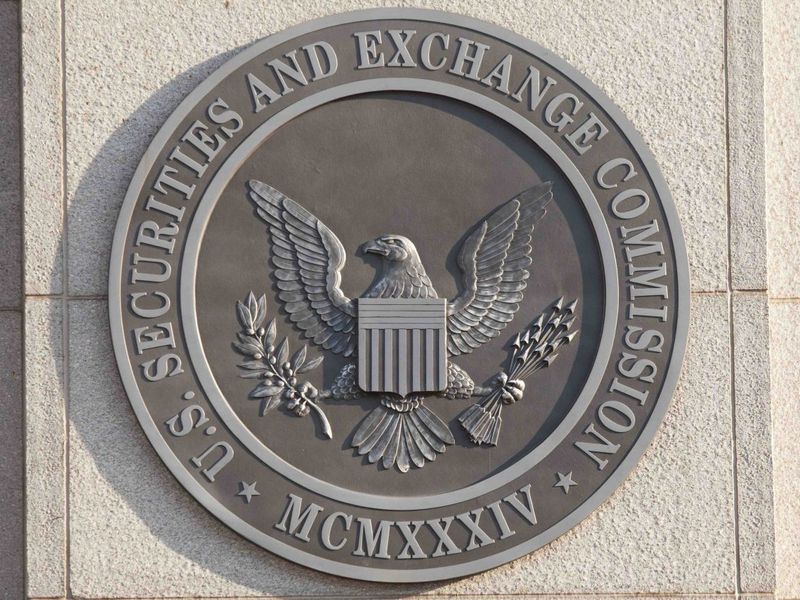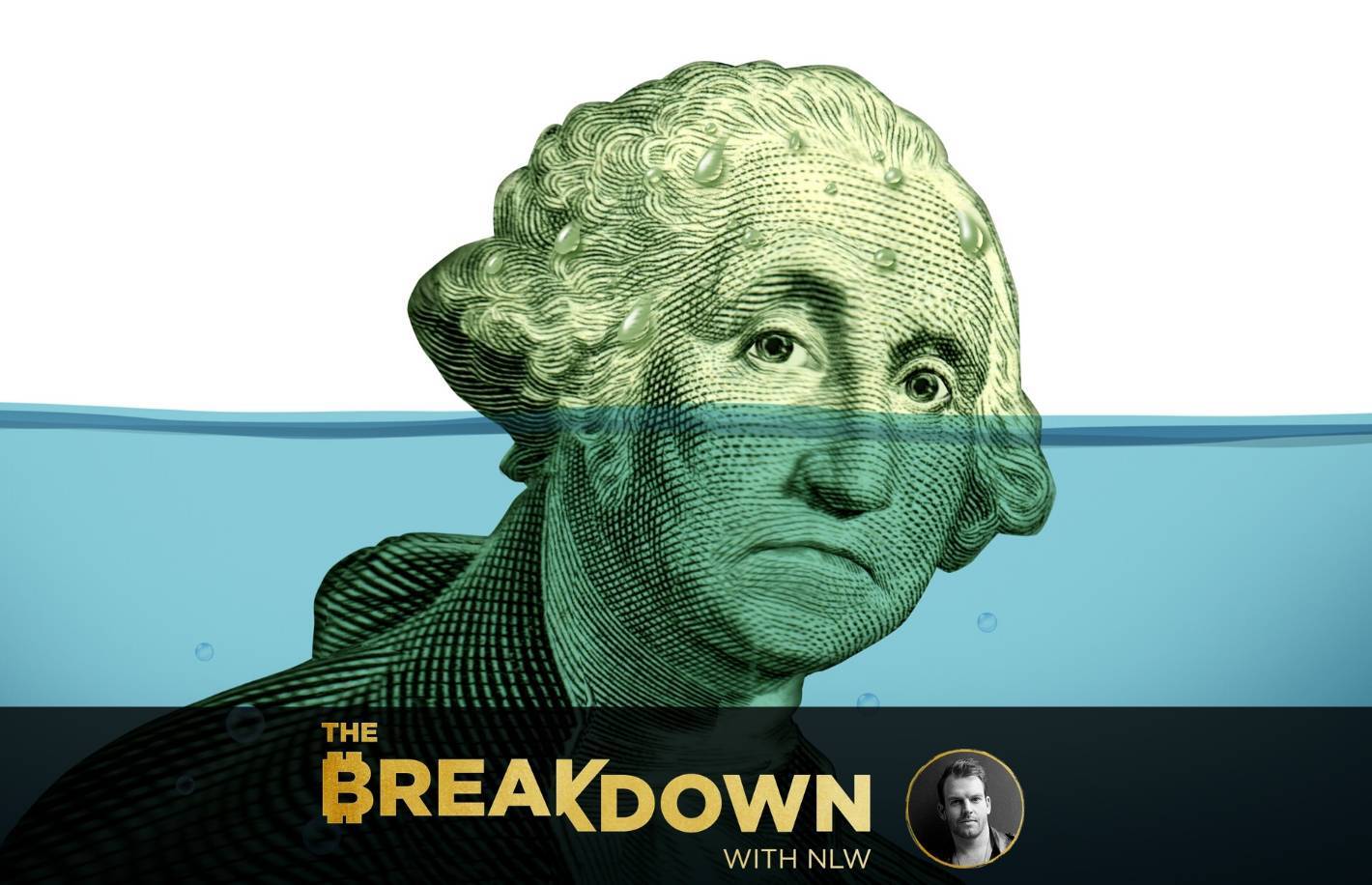Burning Man & Crypto: Common Grounds

It is a truth universally acknowledged that crypto aficionados love Burning Man.
Both the long-running festival in the Nevada desert and the bitcoin ethos revolve around openness to exploring new governance models with fewer rules.
Take me, for instance. I still have the colorful Burning Man ticket from 2010, when, like so many future bitcoiners, I went to camp in Black Rock City for a week in late August. Back then, I showed up with little more than a tent, a bikini and a Costco-sized bag of marshmallows to barter for supplies. There were no rules about how to trade these treats or attire myself, so in the free market of campgrounds I did quite well.
These days, you’d be hard-pressed to find rogue attendees. Crypto adherents stick together in their various packs, with elaborate group camps like Camp Decentral, CampDAO and Node Republic, all of which offer blockchain seminars and talks as part of the festival’s offerings.
Crypto entrepreneur Jeremy Gardner told CoinDesk he’s attended the four previous Burning Man festivals and given talks about blockchain technology at these camps.
He often spends time there with Block.One co-founder and former Bitcoin Foundation board member Brock Pierce. (Pierce infamously acted out a unicorn-themed wedding ceremony with his wife at the festival and is now involved with the EOS-themed CampDAO.)
“It’s a place to talk about the concepts that are shaping our society,” Gardner said. “I developed closer relationships with people in the crypto community because [Burning Man] is such an incredible bonding experience. But it wasn’t predicated on business. … Blockchain technology is a social movement before it’s a technology.”
Indeed, there’s so much overlap between the crypto community and the Burning Man movement that Gardner joked the market slows to a crawl during the festival, with company announcements waiting until burners return from the desert. (Yet several crypto-holding burners declined to be quoted in this article, concerned they might be associated with Burning Man’s reputation for mind-altering substances and freeform bacchanalia.)
Burning man is a central point of failure for proof-of-stake protocols.
— Ryan Selkis (@twobitidiot) August 18, 2019
Both movements growings
Much like the crypto market, Burning Man has evolved dramatically over the past decade.
According to federal tax filings, the Burning Man non-profit garnered $3.7 million (after expenses) in 2017, after acquiring Fly Ranch for $6.5 million in 2016. Roughly 70,000 people are expected to gather in Nevada for the festival this year, which starts Sunday, Aug. 25.
Bear Kittay, a former global ambassador for Burning Man who helped shepherd the annual festival as it established a nonprofit, spawned smaller global events and purchased property, told CoinDesk that Burning Man is still generally dominated by people who work in the tech industry. Kittay is himself a holder of bitcoin and ethereum, plus an investor in the EOS startup Block.One.
“It’s very natural that Burning Man would help inspire and spawn the next generation of leaders in that [tech industry] sense,” Kittay said. “This idea of a decentralized, consensus process that creates an alternative to the nation-state’s central treasuries … is similar to Burning Man. I think you have a ton of people from the ethereum and EOS community and around the world.”
Every year now, an avalanche of articles lament the copious amounts of money and narcotics flowing into the commodification of a supposedly non-capitalist festival. And yes, anyone who has attended will tell you this is a hedonistic playground populated by Silicon Valley elites like Elon Musk.
Yet, From Bitcoin to Burning Man and Beyond author John Clippinger told CoinDesk there may be lessons the festival’s evolution can offer the decentralization movement.
“There was something in the air, the whole idea of self-organizing, autonomous communities,” Clippinger said, describing the early days of both phenomena, adding:
“The challenge of designing these communities is how to keep them open and effective and able to scale, but also to maintain that diversity and resistance to control from people with special interests.”
Burner Tokens
Clippinger said that in 2015 there was discussion among festival organizers about using cryptocurrency as part of the Burning Man experience. (Fiat and other forms of money aren’t allowed for payments on the campgrounds. However, the festival’s flagship nonprofit accepted bitcoin donations in 2014.)
“They had a retreat to specifically look at this, but there was a lot of hostility toward the hyper-libertarian idea of bitcoin,” he said.
Eventually, even the idea of creating a unique token was deemed too controversial for a festival centered on a gift-giving economy. Since festival co-founder Larry Harvey passed away in 2018, Clippinger said the community entered a transitional phase that could determine the future of Burning Man.
“Are they going to build it as a business or keep that same ethos?” Clippinger said. “When it starts to solidify, it gets captured by parties with certain interests. … I think that’s still at the point of exploration.”
One anonymous burner from the ethereum community – a former executive at one of the blockchain industry’s leading companies – told CoinDesk she spent time with several executives at the festival, but would not endorse conducting business in such an environment. (Kittay, on the other hand, connected a startup with investors at the event back in 2011, which led to a Series A raise promptly thereafter.)
The ETH-loving burner added she felt inspired by the concept of Burning Man’s evolving governance.
“Burning Man is itself like a decentralized organization,” she said. “It’s a great example of what you can do outside the system.”
Philosophical overlap
Perhaps old-school burners will complain about how “mainstream” the event has become, but corporate interests appear to be an inherent aspect of market growth.
Kittay, for example, said that so far bitcoin has mostly helped a small group of men accrue wealth, not established a cohesive cultural movement. Kittay and Clippinger both pointed out that Burning Man developed a distinct ethos around free expression and gift-giving economies, while cryptocurrency users often belong to conflicting cultural groups.
From their perspective, bitcoiners are more likely to be libertarian and even ethically capitalist, while other crypto communities like ethereum are passionate about rebuilding economic structures.
These aren’t mutually exclusive, as people like Kittay hold both bitcoin and ether. But they certainly are distinct in terms of the values espoused at meetups, conferences, startups and talks at Black Rock City.
“There are a lot of synergies that exist,” Kittay said of diverse crypto communities. “There is a smorgasbord of people interested in different things for different reasons.”
With regards to ethereum and Burning Man, which share more communal values, he added:
“What we’re talking about here is evolving capitalism from a win-lose dynamic to … a deeper alignment with the planet and moving away from competition. … How do we evolve capitalism to be comprehensive, to account for the true costs?”
Whether crypto entrepreneurs are drawn to the festival by a love of greater freedoms in public spaces, or a desire to “basically save the world” as Kittay put it, all generally agree the next few years will be a decisive time for the evolution of these various projects.
Some call them playgrounds for the rich. Others call them radical social experiments. In reality, they are both.
“No one can point and say we’ve solved that problem,” Clippinger, the Bitcoin to Burning Man author, said, referencing disproportionate influence from profiteering groups. “We’re still working on that issue.”
And there’s nothing quite like the emptiness of a desert, peppered with costumed revelers and the ashes of a spiritual effigy, to inspire such reflection.
My first morning at Burning Man 2010, a topless woman in a pink fuzzy hat approached my tent to share tips with me, the obvious newbie. I’d need more water and sturdier shelter, fast, she said. A movement only grows this way, by sharing knowledge regardless of the recipients’ ability to pay givers back (beyond marshmallows).
Bitcoiners will also need to keep paying it forward to avoid value-capture dominating the system.
It’s a naive, even childish hope to pin on advocates for a new financial asset, the type of “save the world” idiom uttered after a bong rip. But sometimes, when the wind tastes like dust, anything feels possible.
Leigh Cuen at Burning Man 2010. (Photo via Omri Dotan)








